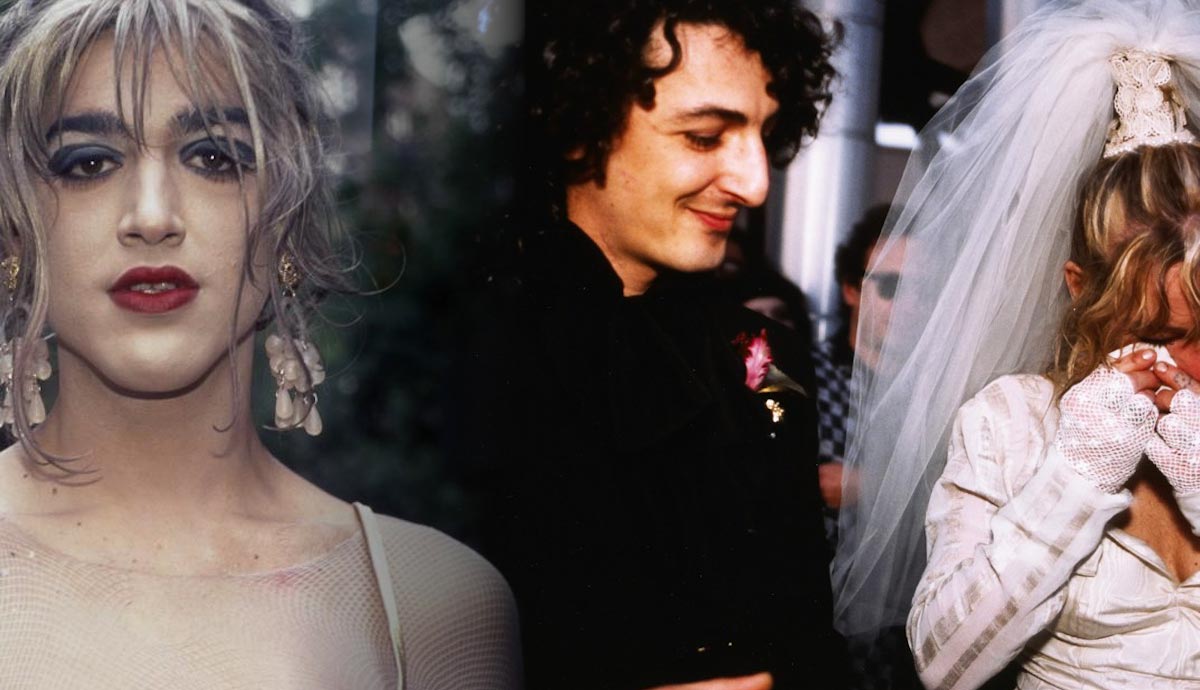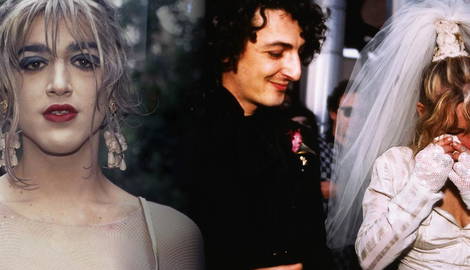
Nan Goldin breaks the rules, but not just for the sake of doing it. Her work is rarely a direct protest against society’s norms, instead, it is a deliberate act of ignoring them. It was Nan Goldin who embraced and accepted the big art world and not vice versa. Learn more about what it is that makes Nan Goldin’s work so special and unconventional.
What Is so Special about Nan Goldin?

For the last five decades, Nan Goldin, the American superstar of photography, has been telling her story on her own terms. A troubled drug-addicted teenager turned into one of the biggest names in contemporary art, she overcame many barriers and broke many rules, largely ignoring the idea of social expectations and norms. Her first experiments with a camera started in high school.

Growing up in a strict conservative family that was torn apart by the suicide of her elder sister, Goldin could never truly express herself. As a teenager, she was quiet but disruptive, unsure where she could channel all the energy and emotion rumbling inside her. Once she took a camera and held it in her hands, she felt like she had finally found her voice. From that moment on, photography became Goldin’s principal way of perceiving and expressing her understanding of the world.
Not an Onlooker, But an Insider

After she found her voice through the camera lens, Goldin started documenting the life that was going on around her. All these years later, she still insists on never taking photographs of strangers or people she doesn’t like. Goldin’s characters are her beloved friends or partners, while photography is her love language.
Essentially, Goldin has always been letting her subjects be themselves to the fullest extent. Many of her friends noted that she has a unique talent for opening up one’s personality. She can dare people to act and express themselves in the most natural way possible. Goldin uses portraiture to reveal the beauty of the people she personally adores.
Soon after finishing high school, Nan Goldin’s close friend, another photographer, David Armstrong, introduced her to a community of Boston drag queens centered around the legendary club The Other Side. Goldin was completely mesmerized by the queens’ unconventional beauty and their ways of constructing their identities. She also admired the all-encompassing sense of community they shared.

The Other Side was a safe space where people could be themselves without fear or embarrassment. Soon, the artist moved in with three drag queens, documenting their daily lives and even falling in love with one of them. After moving out and enrolling in art school, she attempted to come back and shoot the queens again, but the result was disappointing. Despite still being loved by her friends, Goldin had distanced herself from them enough to diminish the tender magic of her old images.
Part of her fascination with drag queens lay in their deliberate act of stepping outside of gender barriers and norms. The artist refers to them as the real winners in the battle of the sexes since they decided to quit the fight completely instead of accepting its rules. Surprisingly, Goldin found the same rejection of these unwritten rules in the behavior of children. The artist believes that kids have not yet been spoiled by the questionable standards present in the adult world.
In many art history books, Nan Goldin is wrongly categorized as a photographer of marginalized groups of people. As an artist, she radically opposes this evaluation. Her models were never marginalized in her eyes—they were her friends, her loved ones, and the people she considered her chosen family. As a photographer, she never intruded into their personal spaces since she was also an inherent part of it.
Snapshot Style

One of the principal technical innovations of Nan Goldin was her signature raw style. Her snapshots radically contrasted with the carefully curated images, organized compositions, and artificially constructed narratives. Goldin’s life is what inspired her artwork. Her job was to find the proper moment to capture it.
This approach brings Goldin’s work close to the realm of documentary photography. However, the artist has never aimed at any kind of objectivity when it comes to her art. Her work is a subjective and biased record of her life that no one could ever revise, erase, or make more or less compelling.

Nan Goldin’s uncompromising style influenced generations of photographers after her. These artists have not only legitimized her style but they also turned it into a trend. Moreover, her influence had seeped through into the realm of social media and popular culture. Today, even a clothing brand campaign could be shot in a nan-goldin-esque style, with the necessary omission of explicit sex, drugs, and emotional distress. The artist herself is not a fan of it, despite the all-encompassing fame the countless imitations brought her. She believes that social media and omnipresent advertisements have killed the importance and intensity of visual communication, making it almost impossible for audiences to truly engage with works of art.
Uncompromising Brutal Honesty

One of the main aims of Goldin’s art is to minimize the distance between the photographer and the subject. Today, the concept of photographing one’s own life and presenting it to the world as a work of art feels much less absurd than in the decades preceding Goldin’s innovation. It might have all changed thanks to the determination of a single artist who decided to record her life in her own way. In a sense, self-portraiture was a way for the artist to settle into her own body and reclaim it.

In the narrative of her own life, Goldin does not shy away from showing things that are painful, disgusting, or horrifying. Her most famous work, The Ballad of Sexual Dependency, includes the story of her troubled romance with an ex-marine called Brian. The relationship was essentially destructive, comprised of co-dependency, drug addiction, and violence. During one of their numerous fights, Brian had beaten Nan so severely that she almost lost an eye and had to stitch it back into the eye socket on her own. Using photography as her principal way of expression, Goldin documented the aftermath of this incident, just like she recorded her horrific descent into drug addiction and the subsequent recovery from it. According to the artist, after getting out of rehab in the late 1980s, she made dozens of self-portraits, trying to find herself in a new sober state.
Nan Goldin’s Works Never Seem Static

The traditional notion of photography as a medium supposes a fixed image or a series of it, which are static and self-sufficient. Many photographers aim to translate the principles of painting to the newer medium, attempting to capture a specific fleeting moment on its own. Nan Goldin’s approach goes against the grain of this traditional concept.
As an art school student, she worked in a traditional manner, spending hours in the darkroom developing her photographs. She never truly enjoyed the process, however. She found it boring, tiresome, and mostly inaccessible. She quickly found a solution and started to present her works using a slide projector. This decision allowed her to physically interact with her displayed works while changing slides in the projector. She could comment on every work, recite poetry, and even play musical records to accompany the presentations. All these aspects gave Goldin great freedom and the possibility to construct complex narratives using her works. Thus, a series of party photographs could turn into a heartbreaking story, and a group of Goldin’s Friends could become movie characters.

However, these narratives never stayed fixed or definitive. For years, Goldin rearranged her slides before each presentation. She changed music or poetic captions and added or removed certain images. The same collection of images could suddenly tell an entirely different story, with a shifted emotional undertone or a new principal character. Today, Nan Goldin prefers using digital format, yet she still makes frequent changes and additions to her work. So, if you have a chance to see Nan Goldin’s show, be aware that you are about to witness something completely unique and special.










